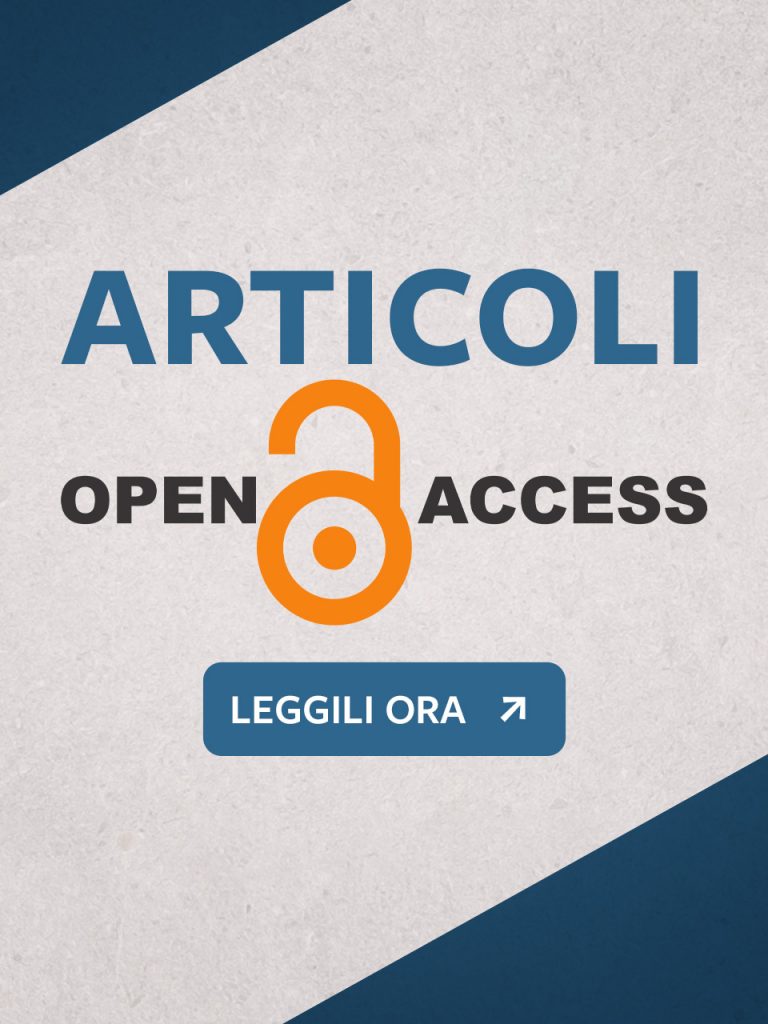Perceiving the Auditory Scene with Cochlear Implant
Francesco Pavani
Although cochlear implants (CI) allow unprecedented access to auditory information for deaf individuals, they do not reinstate normal-hearing experience. One of the major difficulties is associated with hearing-in-noise situations, even for those CI users who are considered good performers. This review describes the cognitive mechanisms subtending hearing-in-noise and, in general, listening in complex auditory scenes. Outlining the nature of these mechanisms, is essential for understanding the reasons behind the difficulty of CI users when listening in noise, and it is the basis for implementing possible solutions. This review will discuss two approaches to the problem, that are not mutually exclusive: on the one hand, the contributions currently offered by technology; on the other hand, the potentials linked to intrinsic abilities of our cognitive system, with particular reference to the advantages related to multisensory processes. The use of multisensory inputs, both during perception and for the purpose of learning, have the potentials to expand the rehabilitation strategies aiming to strengthen listening-in-noise abilities of CI users. The works described in this review, although primarily focused on CI, have implications for listening in complex auditory scenes with hearing aids and, more generally, with any condition of hearing loss.
Keywords
Hearing-in-noise, Deafness, Cochlear implant, Hearing loss, Multisensory.

